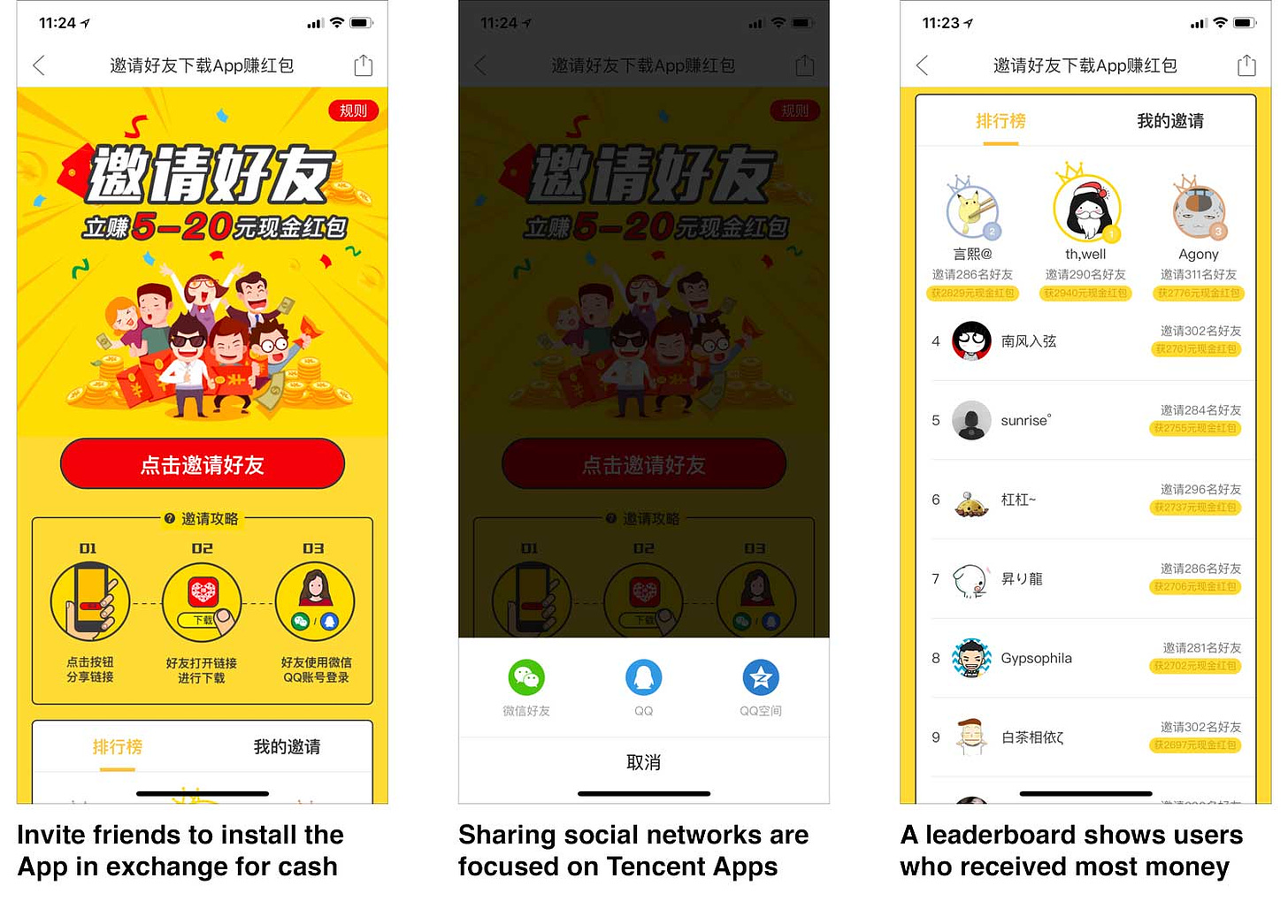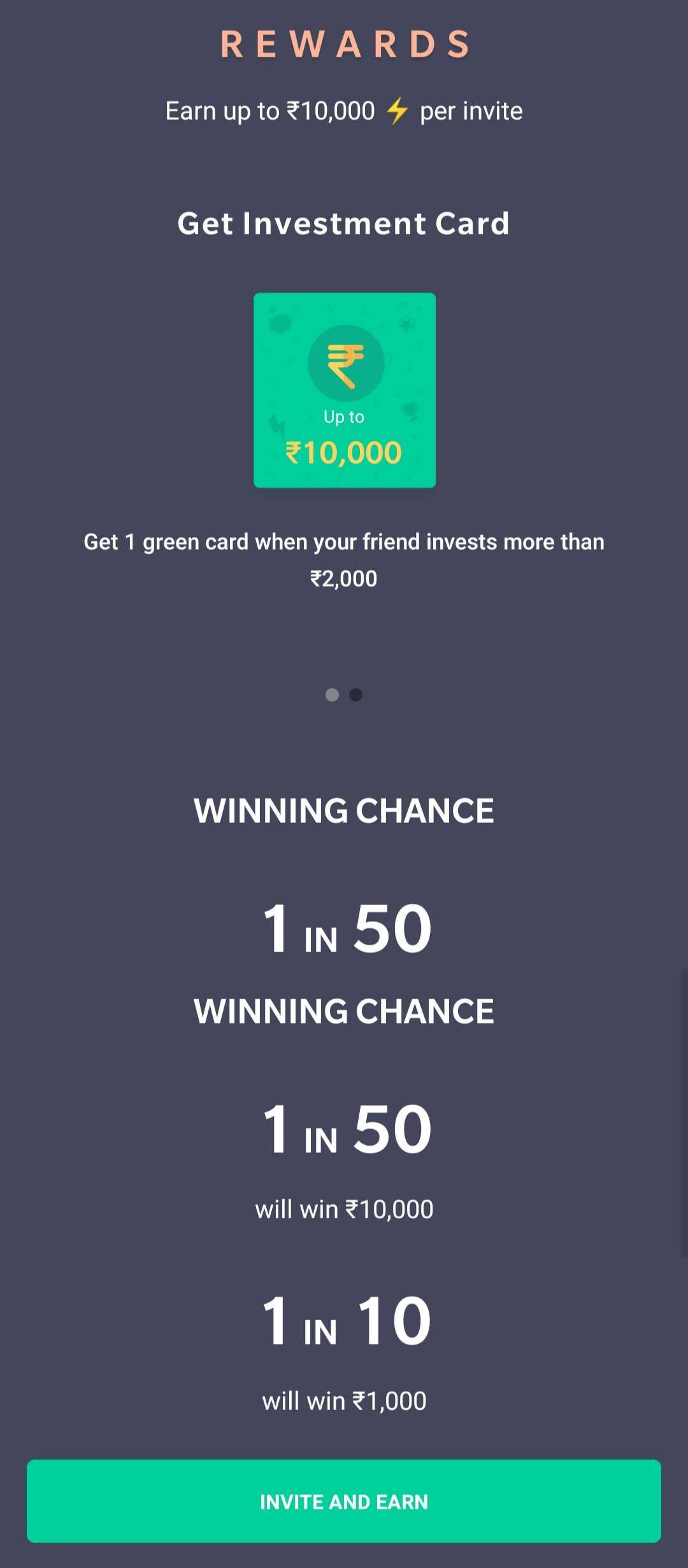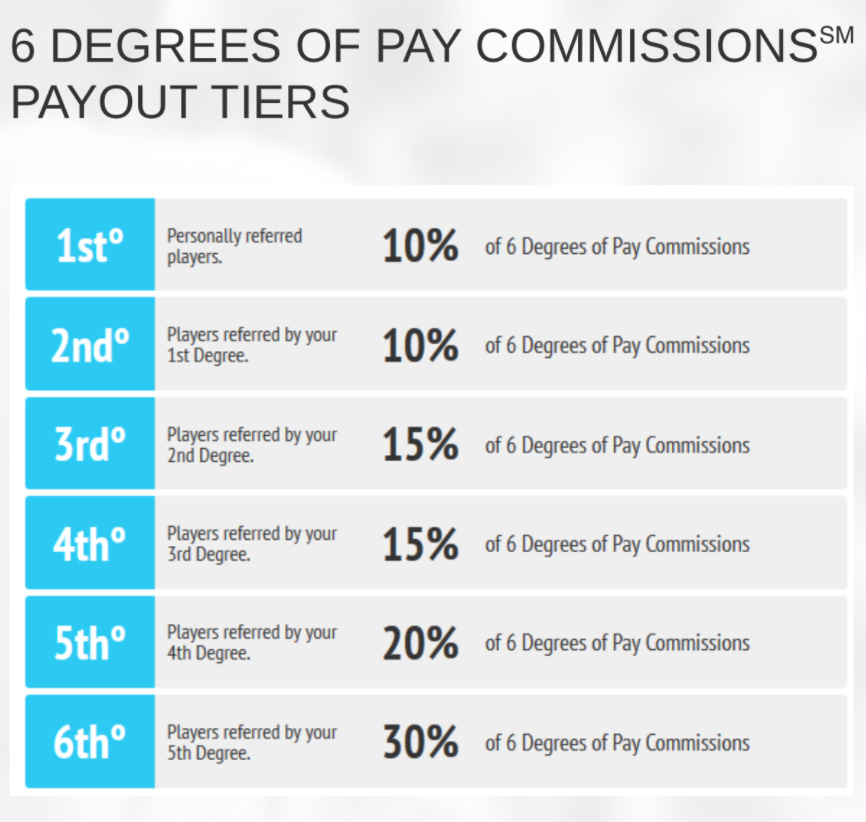In this essay, we are going to cover six important aspects of referrals –
- types of referrals and why it works,
- designing referrals,
- measuring efficacy of referrals,
- when referrals won’t work
- adding more magic to referrals, and
- managing fraud in referrals
You can skip few sections that you know well, and read the ones that look interesting.
Definitions are important, so let’s quickly cover that. Referral is getting your existing users/customers to promote your product and bring new users/customers. There are two sides/parties in a referral. The person who refers your product is called referrer. The person who comes through referrer is called referee.
Next let’s see what types of referrals exists.
Types of Referrals and Why it Works
We can categorise referrals in multiple ways. The most obvious way is on the basis of whether an incentive is offered or not.
In incentivised referrals, you incentivise one side or both sides. The incentive can be money, or a benefit like premium features.
Non-incentivised referrals are referrals without incentives. But why would someone refer your product without incentives? The motivations in this case are often intrinsic like goodwill, social proof and prestige etc.
The mode of referral can be both digital (chat, social media), and offline/word of mouth (phone, dinner, parties). Though in case of incentivised referral, referrer usually shares a unique referral code/link. This unique referral code helps in tracking where the new users came from, so that we can provide incentives accordingly.
In everyday language, when people often talk about referrals, they are talking about incentivised referrals. The common terms for non-incentivised referrals are word of mouth, or social share, or recommendation.
Why referrals are so alluring?
The reason referral works so well is because when someone we trust tells us about a product, we are more inclined to try it. It is so alluring because if the virtuous cycle continues, it keeps bringing more and more users to the product, resulting in explosive growth.
Incentive is the key part of a product referral design.
Designing Referrals
Incentive is the core part of referral design. There are four kind of incentives offered in referrals:
- Discounted products : Uber offers discount on the rides. AirBnB gives you travel credit you can use while making your bookings. eCommerce companies like Amazon and Flipkart offer discount on next purchase through gift cards.
- Premium access to the product for a period : Evernote offers premium account access for a limited period. Same is the case for lots of other productivity softwares.
- Increased usage limit of the product : Dropbox offers more storage space when you get a friend to use dropbox.
- Money : Few products offer you referral money. This often happens with one-time, transactional products.
How to set the referral incentives?
If you already know the CAC for other paid channels, you can keep your total referral incentive cost (referrer + referee) < CAC for other channels.
What works better, money vs any other incentives?
The golden rule of referral incentive design is that it should encourage users to engage with your product more. Discounted products, premium access, increased usage limit — all of them engage your users with your product. That is the reason why they are so successful in growing the product.
Measuring Efficacy of Referrals
You can’t improve what you can’t measure. So it’s important to measure efficacy of referrals. There are two key metrics we should look at while determining the efficacy of referrals.
The first is to determine the referral co-efficient (RC). Simply put, referral co-efficient is # of new users bought by an existing user. RC helps you determine user growth from referrals. Let’s look at an example.
Say, you have 100 users today —> 20 of them refer —> 20 of them collectively bring 10 new users. So RC would be 10/100 = 0.1
Total number of users you can expect to grow through referral from 100 users is 100/(1-RC)= 100/(1-0.1) = 100/0.9 = 111
So the additional users from 100 existing users is (111-100)=11 users.
One important parameter which we have missed while defining user growth is ‘time taken to get additional users’. The time taken would depend on time taken by users to complete one referral cycle. You can then plot growth of users over time.
So if it takes 10 days to complete one referral cycle. On 10th day, we would have 110 users, and on 20th day we would have 111 users.
Usually, the data is more complex than this as there is constant influx of users. But if you can determine the referral cycle period and RC, you can model referral growth (how users will grow with time through referrals) and find out the efficacy of referrals in user growth.
The second is CAC:LTV ratio of users who came from referral. CAC is cost of incentives you gave away to both referrer and referee, LTV is life-time value of referee. Usually, CAC:LTV of this channel should match or lower than that of other channels.
When Referrals won’t Work!
Is your product right for a referral channel? There are 5 different factors that affect whether referral will work for a product or not.
- How good your product is for me? If your product is good, it becomes share-worthy because it makes others look good when they share it. There is one exception to this rule though as mentioned later in this section.
- Does it get better with more people, i.e. shows network effect? Will the product be more valuable, as more users are connected to it? If more people on your product makes the overall experience better, it will grow through referral. An example is WhatsApp. I will tell a friend because if they come on WhatsApp, I can chat with them and feel better.
- Does my social status increase when I share your product? Does your product increase prestige for the person sharing your product? Does it make them look cool? An example is Tesla cars which increases your social prestige when you share it with others.
- How many of the ‘people I know’ need it? How thick or thin is the need of the product in a particular social group? In other words, how many people does a person in your TG knows who may find this product useful. Don’t confuse it with network effect. For example, an anonymous hacker group has network effect, i.e. gets better with more hackers, but may not have thick social graph among TG.
- What incentives do I have? The fifth obvious factor is incentives (#5). But monetary incentive only works as a multiplier. If the above stated factors aren’t at least neutral for your product, it’s hard to make referral’s work. Why at least neutral? If a product will become spammy (negative network effect), or makes you look bad, most people won’t share it.
Let’s try to look at some of the big success stories to validate the assertion.
- Paypal- They gave away free money ???? and it worked out great for them. Paypal checks #1, #2, #4 and #5 in their favour and rest neutral.
- DropBox- They achieved explosive growth with a referral program where they gave free storage to referrers and referees. Checks #1, #2, #3, #4, #5.
- Airbnb — Referral has been instrumental in AirBnB’s success. Checks #1, #3, #4 and #5
- Uber — Checks #1, #3, #4, #5
- Tesla -$1,000 for both referrer and referee. Tesla score high on #4 and #5. So it checks two boxes very strongly.
Exception to Rule #1
Even when you have an exceptional product, the referral for this product may not work. If your product is giving the user an edge over other users/businesses, the user will try to keep it a secret to maintain that competitive edge. In other words, your product should give people lesser competitive edge over others. Sounds counterintuitive? Say you found a newsletter that tells you what stocks to buy every week and has best returns, would you share it with someone else?
Adding more Magic to Referrals
Over time, companies have been innovative around how to make it more appealing for users to do referral.
Adding Leaderboard to Referrals
PinDuoDuo is one of major success stories in last 5 years from China eCommerce. I covered why it has become successful in a presentation I gave at Seamless Asia.
When it comes to referrals, it built a referral leaderboard where you could see how much money have people made from referral. This set a major fear of missing out (FOMO) among consumers.

Adding Variable Rewards to Referrals
Variable rewards lead to excitement and anticipation among users. They work in the same fashion as slot machines and lottery work. So little surprise that when Groww did it, they got very good results.
Groww.in is an investment platform out of Bengaluru, India. Here is how their referral looks

Results speak for themselves
We initially got 10x more referrals than usual and after a month it exploded — we got 100x more signups.
Referral customer acquisition cost halved when compared to the CAC of the normal user.
Conversion from signup to investment became 1.5x when compared to a normal user.
Adding MLM to Referrals
Few players like FantasyDraft have tried tiered referrals, quite similar to Amway’s multi-level marketing (MLM). This is a rather unique setup– they reward for the referrals that their referred friends make, and the referrals that THOSE people make… up to 6 tiers!
This is how it looks for FantasyDraft

Over time, these players have moved out of it and have kept it simple, 2 way referral. FantasyDraft referral right now looks like this

Managing Fraud in Referrals
Fraud becomes a problem with later stages of a referral. As more and more people start using your product, the value proposition is clear to them. So they are willing to create multiple email IDs and get some discounts because they already know what they want. So CAC from referrals effectively increases.
Say 100 new customers came from referrals. You are giving away a discount of $1 on a purchase above $5. You have set $1 basis the fact that other channels CAC is ~$1.
Of these 100 people, if 50 of them are existing customers who have signed up with another email ID. Your effect CAC becomes $2, which is now ~2x of other channels.
Compare this to a start-up, as most people don’t know about the product, the customer acquisition cost ~ referral amount in this case.
Ways to Manage Fraud
- Add a referral review period to verify the authenticity of referral. A lot of times, users place the order and cancel it later while getting the referral benefit. If you allow such behaviour, it can go downhill pretty quick.
- Reward customer purchases or engagements, not signups or invites. A high value action like purchase creates revenue for your product and also verifies that the users you are attracting through referrals are from the right TG.
- Follow the golden rule of designing incentives. Reward should make users engage within the product more, rather than taking them out of the product.
- Put an upper limit on rewards for one particular referrer. This upper limit will deter people from committing fraud because the upside isn’t very high. Also put a minimum amount for the purchase
- Use AI/ML to identify patterns of fraud and build flags: referral rates, eliminate bots, monitor IP addresses, track similar email addresses and email patterns, behaviour patterns like frequency of invites, frequency of clicks on referral links, frequency of earning rewards etc.
- Set an expiry date on rewards so that this liability doesn’t sit on your books forever.
- Block referral redemptions coming from rooted devices and emulators.
- Stop self referrals – you can do this through reading device parameters, validate IMEI checksum value.
- Device TnC carefully and make sure to getting it reviewed from legal. The loopholes in TnC can be exploited for frauds which are legal :)
